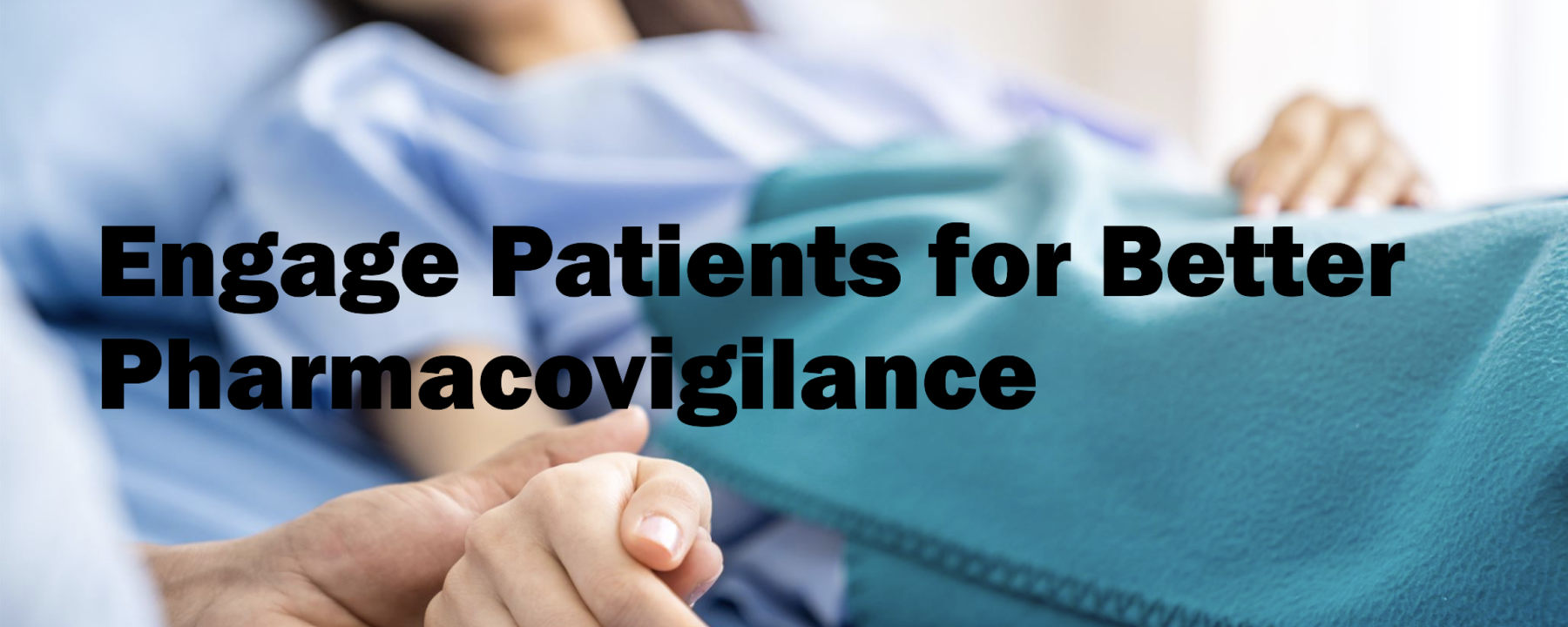
The Importance of Patient Engagement in Pharmacovigilance
Patient engagement plays a pivotal role in pharmacovigilance, ensuring the safe and effective use of medications. Involving patients actively in the monitoring of drug safety is crucial for identifying adverse drug reactions (ADRs), assessing risks, and fostering a culture of accountability within healthcare systems. Particularly in regions like Mexico, Brazil, and the broader LATAM market, the integration of patient engagement in pharmacovigilance initiatives is increasingly essential as the pharmaceutical landscape evolves. At PRO PHARMA RESEARCH ORGANIZATION, we specialize in supporting the biopharma industry with services like Adverse Event Monitoring, Signal Detection and Evaluation, Risk Assessment, Regulatory Compliance, and Pharmacovigilance Training and Consulting.
The Role of Patients in Pharmacovigilance
Patients are the end-users of medications, making their insights invaluable for identifying adverse events that may not have been evident during clinical trials. Engaging patients helps to:
- Identify ADRs earlier: Patients can report unexpected side effects directly to healthcare providers or pharmacovigilance systems.
- Enhance data quality: First-hand accounts from patients often provide context that is not captured through traditional monitoring systems.
- Improve healthcare outcomes: Empowered patients are more likely to adhere to treatment regimens and report concerns promptly.
Why Patient Engagement is Critical in LATAM?
The LATAM region, with its diverse population and unique healthcare challenges, presents a significant opportunity for improving pharmacovigilance through patient engagement. Factors such as varying levels of healthcare access, cultural differences, and regulatory environments require tailored strategies:
- Mexico: The government’s emphasis on pharmacovigilance through COFEPRIS initiatives makes patient engagement a priority for detecting ADRs and ensuring drug safety.
- Brazil: ANVISA’s guidelines encourage public participation, and integrating patient feedback has proven effective in addressing localized health issues.
- Other LATAM Countries: Patient-reported data in countries like Argentina and Colombia have been instrumental in refining risk management plans for chronic and rare diseases.

Examples of Patient Engagement in Pharmacovigilance
- Patient Reporting Systems: In Brazil, a national pharmacovigilance program encourages patients to report suspected ADRs through online portals and mobile apps. These tools make it easier for patients to share their experiences in real-time.
- Educational Campaigns: In Mexico, awareness initiatives educate patients on the importance of reporting adverse reactions. These campaigns often target rural areas where healthcare access may be limited.
- Collaborative Platforms: Pharmaceutical companies in LATAM leverage social media and community forums to gather patient feedback on drug efficacy and safety. For instance, patients may share their experiences with new treatments for chronic conditions like diabetes.
- Focus Groups: Conducting patient focus groups helps in understanding cultural and regional factors influencing drug usage and reporting behavior.
- Surveys and Feedback: In the LATAM region, healthcare providers use structured surveys to gather patient feedback post-treatment, identifying trends that could signal safety concerns.
- Partnerships with Advocacy Groups: Collaborations with patient advocacy organizations in LATAM have proven successful in amplifying patient voices and ensuring that pharmacovigilance initiatives are inclusive.
- Telehealth Integration: With the rise of telemedicine, patients can now report ADRs during virtual consultations, expanding the reach of pharmacovigilance systems.
Challenges in Patient Engagement
While the benefits are clear, there are challenges to consider:
- Cultural Barriers: In some LATAM regions, patients may hesitate to report ADRs due to stigma or mistrust of the healthcare system.
- Limited Access to Technology: Rural areas may lack the digital infrastructure needed for online reporting systems.
- Language Diversity: Addressing language differences in multilingual regions is critical for effective communication.
- Lack of Awareness: Many patients are unaware of their role in pharmacovigilance, highlighting the need for continuous education campaigns.
The Benefits of Engaging Patients
Patient engagement leads to:
- Better safety monitoring: Diverse data sources enrich pharmacovigilance systems.
- Increased trust: Patients who feel heard are more likely to trust healthcare providers and pharmaceutical companies.
- Regulatory compliance: Regulatory bodies, such as COFEPRIS in Mexico and ANVISA in Brazil, emphasize patient-centric approaches in pharmacovigilance requirements.
- Improved drug development: Insights from patients can inform better product labeling and post-marketing strategies.
Our Expertise in Pharmacovigilance for LATAM
At PRO PHARMA RESEARCH ORGANIZATION, we understand the unique challenges and opportunities in pharmacovigilance for bio-pharma in Mexico, Brazil, and LATAM. Our comprehensive services include:
- Adverse Event Monitoring: Helping you track and manage patient-reported adverse events effectively.
- Signal Detection and Evaluation: Identifying trends in patient data to ensure timely intervention.
- Risk Assessment: Evaluating potential risks associated with medications.
- Regulatory Compliance: Ensuring adherence to LATAM-specific pharmacovigilance regulations.
- Pharmacovigilance Training and Consulting: Equipping your team with the knowledge to implement best practices.
Conclusion
Patient engagement is no longer optional in pharmacovigilance; it is a necessity. By involving patients, the biopharma industry can ensure safer medications, better health outcomes, and compliance with regulatory standards, particularly in dynamic markets like Mexico, Brazil, and LATAM. At PRO PHARMA RESEARCH ORGANIZATION, we are committed to enhancing pharmacovigilance through innovative and patient-focused approaches.
Contact us today to learn more and gain access to our full range of pharmacovigilance services.